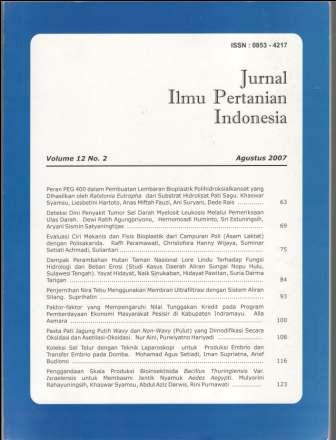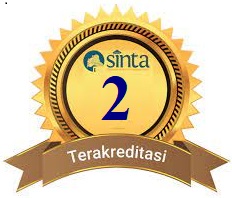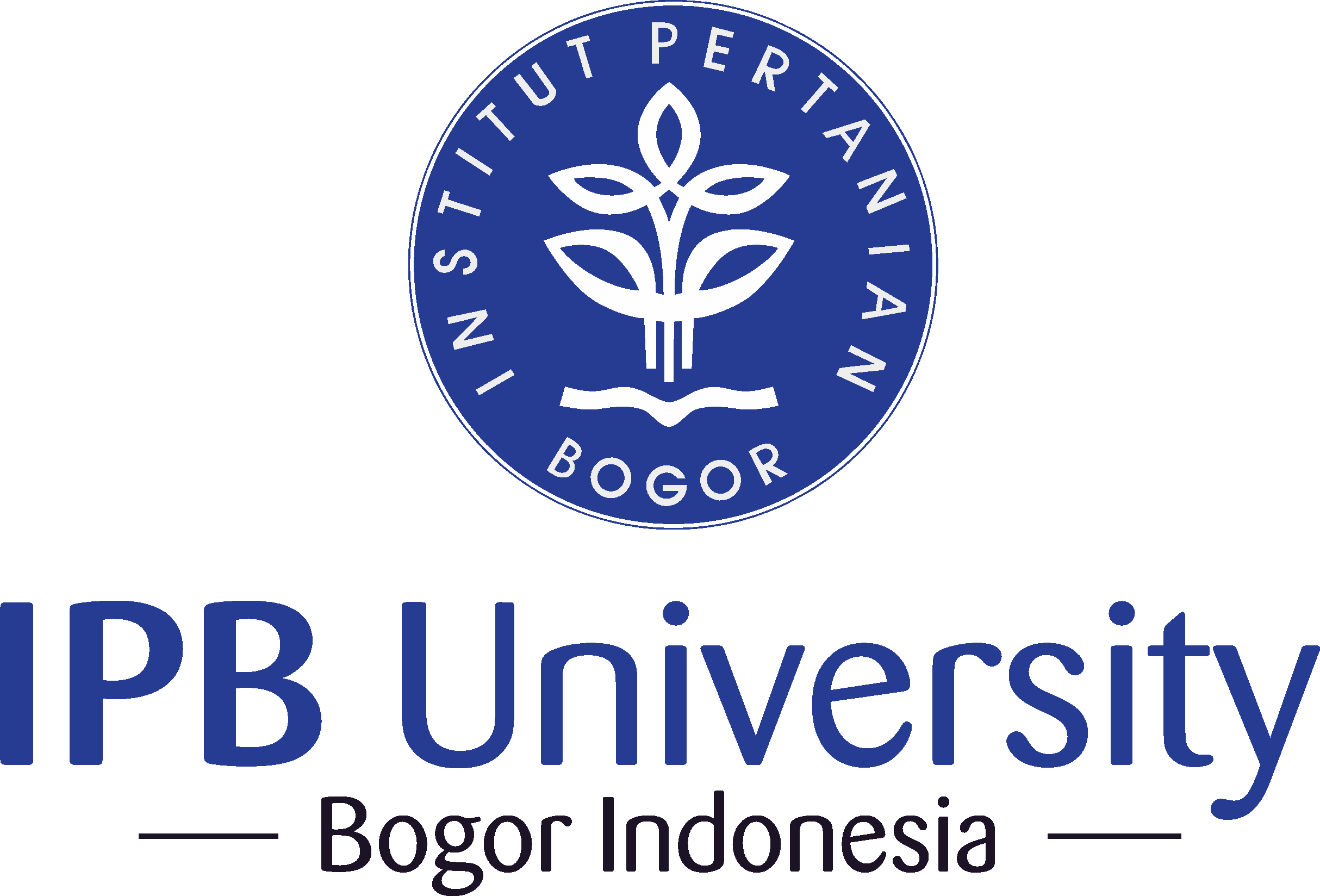Penjernihan Nira Tebu Menggunakan Membran Ul Trafil Trasi Dengan Sistem Ali Ran Silang
Abstract
Membrane ultrafiltration is one alternative technology to produce a high quality cane sugar with reasonable cost, because its ability to produce a brighter color and lower impurities as well as sulphur free of product. This technology can reduce process steps, chemical and energy demand, so that the production cost is potentially reduced significantly. This research work was aimed to study the performance of various membrane filtrations in the application for clarifying sugar cane juice, covering the achievable flux, membrane rejection againstimpurities, and quality of the filtered juice. The experiments were conducted according to the principle of cross flow using three different transmembrane pressures of 0.7, 1.4, and 2.1 bar and cross flow rate of 0.42 m/s. Various membranes were studied in this experiments both commercial ultrafiltration membrane and ultrafiltration membrane prepared in our laboratory. Sugar cane juice before and after clarification were characterized by measuring the parameters of brix, sucrose concentration, solution color, clarity, and pH. Thepolisulfone membrane, which was prepared in our laboratory, produced fluxes in the range of 25-30 L/m2.h at the transmembrane pressures of 0.7-2.1 bar. The membranes increased clarity of the juice from app. 10 to 60% of transmition and reduced color up to 80-90%, comparable with the results of the commercial ultrafiltration membrane.Keywords: cane sugar industry, sugar cane juice clarification, membrane ultrafiltration
Downloads
This journal is published under the terms of the Creative Commons Attribution-NonCommercial 4.0 International License. Authors who publish with this journal agree to the following terms: Authors retain copyright and grant the journal right of first publication with the work simultaneously licensed under a Creative Commons Attribution-NonCommercial 4.0 International License. Attribution — You must give appropriate credit, provide a link to the license, and indicate if changes were made. You may do so in any reasonable manner, but not in any way that suggests the licensor endorses you or your use. NonCommercial — You may not use the material for commercial purposes.


















